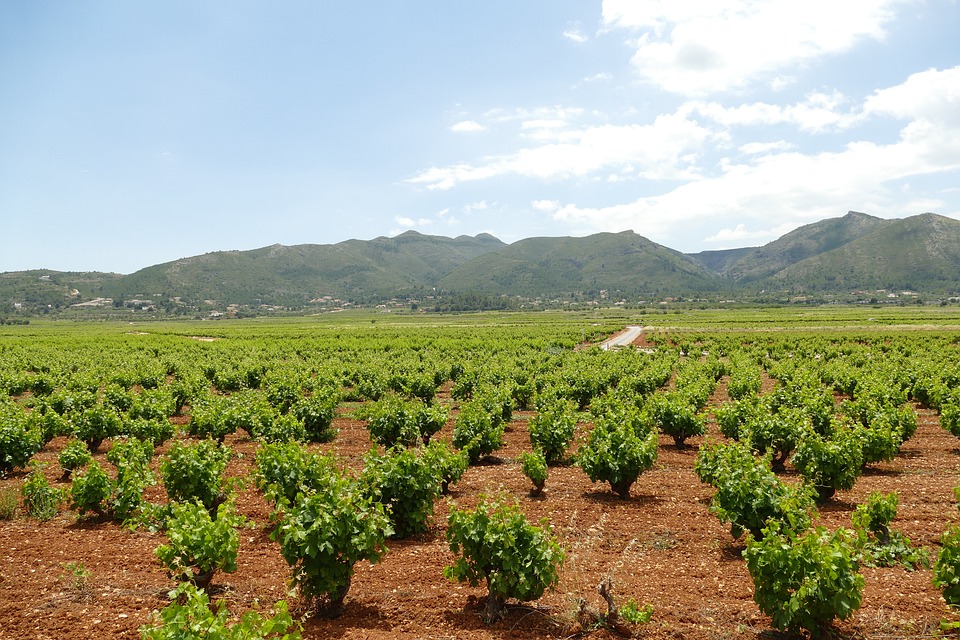Exploring the Rich History of Javea: A Fascinating Spanish Town with Ancient Roots
Introduction
Javea, located on the eastern coast of Spain, is a small but charming town known for its rich history and ancient roots. This picturesque coastal destination has witnessed the presence of various civilizations, leaving behind a magnificent tapestry of historical landmarks, architecture, and traditions that continue to captivate visitors from around the world.
Ancient Settlements and Roman Influence
One of the earliest signs of human presence in Javea can be traced back to the Paleolithic era, with archaeological findings indicating the existence of ancient settlements. However, it was during the Roman period that Javea truly flourished. The influence of the Romans can still be seen in the remnants of the Roman villa, gladiator arena, and other structures that have survived the test of time.
Moorish Influence and Medieval Times
After the fall of the Roman Empire, Javea came under the rule of the Moors, who left their mark on the town’s architecture and culture. The narrow streets of the historic quarter, adorned with whitewashed houses and beautiful courtyards, reflect the Moorish influence. Javea’s strategic location along the Mediterranean also made it a target for pirates during medieval times, leading to the construction of defensive towers and city walls.
The Church of San Bartolome and Gothic Roots
At the heart of Javea lies the Church of San Bartolome, a stunning example of Gothic architecture. Originally built in the 14th century, the church has undergone various renovations and expansions over the years. Its intricate stone carvings and beautiful stained glass windows are a testament to the town’s religious and cultural heritage.
Modern-Day Javea
Today, Javea is a popular tourist destination that seamlessly blends its historical past with modern amenities and attractions. The old town, with its charming streets and traditional market, transports visitors back in time. The Arenal Beach, on the other hand, offers a vibrant and lively atmosphere with its bustling promenade lined with shops, bars, and restaurants.
FAQs
Q: What is the best time to visit Javea?
A: The ideal time to visit Javea is during the spring or fall when the weather is pleasantly warm, and the town is less crowded.
Q: Are there any guided tours available to explore Javea’s history?
A: Yes, there are guided tours available that take visitors on a journey through Javea’s rich history, allowing them to discover the hidden gems and fascinating stories of the town.
Q: Can I find accommodations in Javea that offer a traditional Spanish experience?
A: Absolutely! Javea offers a range of accommodations, including charming villas and boutique hotels that provide a traditional Spanish experience, allowing you to immerse yourself in the town’s culture and history.
Q: Are there any festivals or events that showcase Javea’s cultural heritage?
A: Javea hosts several festivals throughout the year, such as the Moors and Christians festival and the San Juan Bonfires, which celebrate the town’s rich cultural heritage. These events are a perfect opportunity to experience the local traditions and immerse yourself in the vibrant atmosphere.

